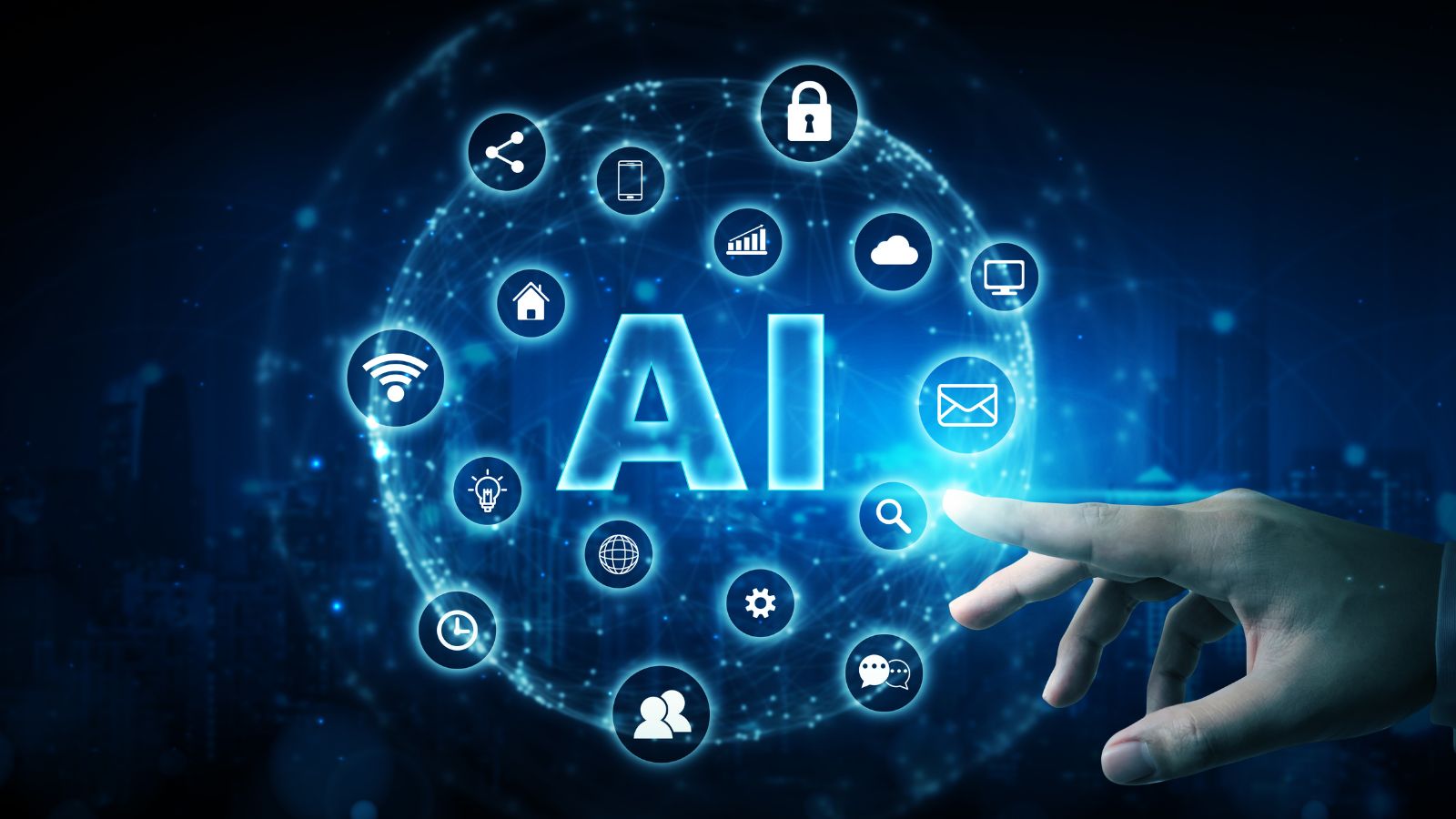In recent years, Artificial Intelligence (AI) has made significant strides in transforming various aspects of our lives, and one of the most notable areas it‘s revolutionizing is how we shop. AI is no longer just a buzzword—it’s become an essential part of the modern shopping experience. From personalized recommendations to virtual try-ons, AI is reshaping consumer behavior, influencing what, when, and how people buy.
Here’s a closer look at how AI is changing shopping preferences and reshaping the retail landscape.
1. Personalized Shopping Experiences
One of the most significant impacts of AI on shopping is its ability to create highly personalized experiences. Gone are the days of generic product recommendations. AI algorithms analyze customer behavior, preferences, and past purchases to offer tailored suggestions. For example, if you’ve purchased a particular type of shirt, AI can suggest other items—like matching pants or shoes—that complement your style.
AI-powered recommendation engines are now a standard feature on e-commerce websites and apps. Retailers like Amazon and Netflix (with its movie recommendations) are prime examples of how AI helps users discover products or content that align with their individual tastes and preferences. This kind of personalized shopping not only makes it easier for consumers to find what they like, but it also helps businesses increase conversion rates and customer loyalty. Additionally, AI can help consumers find discount coupons or promo codes that align with their interests and purchases, further enhancing their shopping experience.
2. Virtual Try-Ons and Augmented Reality
Virtual try-ons are quickly becoming a game-changer, especially in the fashion and beauty industries. By using AI-driven augmented reality (AR), online shoppers can virtually try on clothes, accessories, or makeup products without leaving their homes. For example, platforms like Warby Parker allow you to try on glasses virtually, while beauty retailers like Sephora enable users to see how makeup shades look on their skin tone before purchasing.
This technology is reshaping the way people shop for fashion and cosmetics by allowing them to visualize how products will look on their bodies in real-time. The result is more confident purchasing decisions and a reduction in return rates, which is beneficial for both customers and retailers.
3. Enhanced Customer Support with AI Chatbots
Customer service has always been a crucial aspect of shopping, but AI is taking it to the next level. AI-powered chatbots and virtual assistants are now able to respond to customer inquiries, resolve issues, and assist in product recommendations 24/7. These bots learn from previous interactions and continuously improve their responses, making them more accurate and efficient over time.
Many e-commerce sites now use chatbots to provide immediate help, whether it’s assisting with tracking an order, answering product questions, or processing a return. This instant support makes shopping more convenient and enhances the overall customer experience, leading to increased satisfaction and repeat business.
4. Voice Shopping
Voice-enabled shopping is another area where AI is gaining momentum. With the rise of virtual assistants like Amazon’s Alexa, Google Assistant, and Apple’s Siri, consumers are now able to make purchases using voice commands. By simply speaking to their smart devices, shoppers can order groceries, fashion items, electronics, and more.
Voice shopping is especially appealing for busy individuals who want to save time while shopping or for those with disabilities that make traditional browsing difficult. As AI voice recognition continues to improve, it’s expected that more people will use voice shopping as their preferred method of purchasing products.
5. Predictive Analytics and Demand Forecasting
AI is helping businesses predict customer preferences and shopping trends through predictive analytics. By analyzing historical data, AI algorithms can forecast which products will be in demand during specific times, helping retailers manage their inventories more effectively.
This allows businesses to offer the right products at the right time, ensuring that they have enough stock for popular items and reducing the risk of overstocking products that are unlikely to sell. It also enables retailers to create more targeted promotions and campaigns based on expected demand, leading to higher sales and better customer satisfaction. When paired with AI, discount coupons can be personalized based on consumer demand, encouraging repeat purchases.
6. Streamlined and Safer Payments
AI is also improving the payment process, making it safer and more streamlined for consumers. AI-powered fraud detection systems can analyze purchase patterns in real-time, alerting retailers and consumers to any suspicious activity. This added layer of security makes online shopping safer and builds trust between customers and businesses.
Additionally, AI is being used to create more efficient payment solutions, such as one-click purchasing or biometric authentication (fingerprint or facial recognition) for payment. These innovations make the buying process quicker and more convenient, leading to a smoother and more enjoyable shopping experience.
7. More Sustainable Shopping
With growing concerns about environmental impact, AI is also playing a role in promoting sustainable shopping practices. AI algorithms can help consumers make more eco-friendly purchasing decisions by highlighting sustainable brands or products that have lower environmental footprints. For example, AI can suggest items made from recycled materials or brands that use ethical sourcing practices.
Retailers are also using AI to optimize supply chains, reducing waste and energy consumption. By improving efficiency in logistics and inventory management, AI helps retailers reduce their carbon footprint, which is increasingly important to consumers who value sustainability.
8. Creating Instant Gratification
In today’s fast-paced world, consumers are often looking for instant gratification, and AI is helping meet this demand. Whether it’s through same-day delivery options, real-time stock updates, or personalized offers that pop up while browsing, AI is enabling faster, more responsive shopping experiences. The ability to find exactly what you need, with customized deals and instant delivery, is revolutionizing how consumers shop, especially in a world that thrives on immediacy.
Conclusion: The Future of Shopping is Powered by AI
As AI technology continues to evolve, its impact on consumer shopping preferences will only become more pronounced. From personalized experiences and virtual try-ons to improved customer service and safer payments, AI is fundamentally changing how people shop, making it more convenient, personalized, and efficient.
For businesses, embracing AI is no longer optional—it’s a necessity to stay competitive in an increasingly digital marketplace. For consumers, AI is creating a more tailored and enjoyable shopping experience, where their preferences and needs are met faster and with more accuracy than ever before.
The future of shopping is here, and it’s powered by AI. Whether you’re a retailer or a consumer, understanding and embracing this technology will ensure that you’re at the forefront of the next evolution in shopping. Plus, with the help of AI, you’ll have more opportunities to find great discounts and exclusive promo codes, ensuring that your shopping experience is both satisfying and cost-effective.





